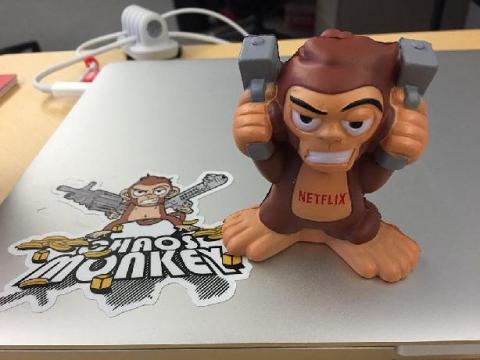Is your online gaming platform "Chaos Monkey"-proof?
Try to imagine a bunch of monkeys running around your data center, pulling cables, trashing routers and wreaking havoc on your applications and infrastructure. Ever more crucial in these days of heated competition between online gaming operators, is player experience. Continuity of operations is “Uber-Alles” and avoiding churn, due to service disruption, is the organizational mantra.






